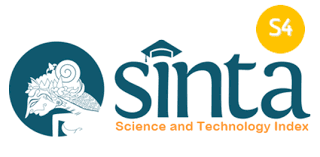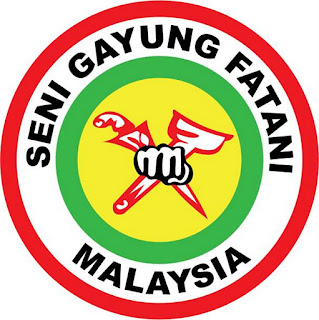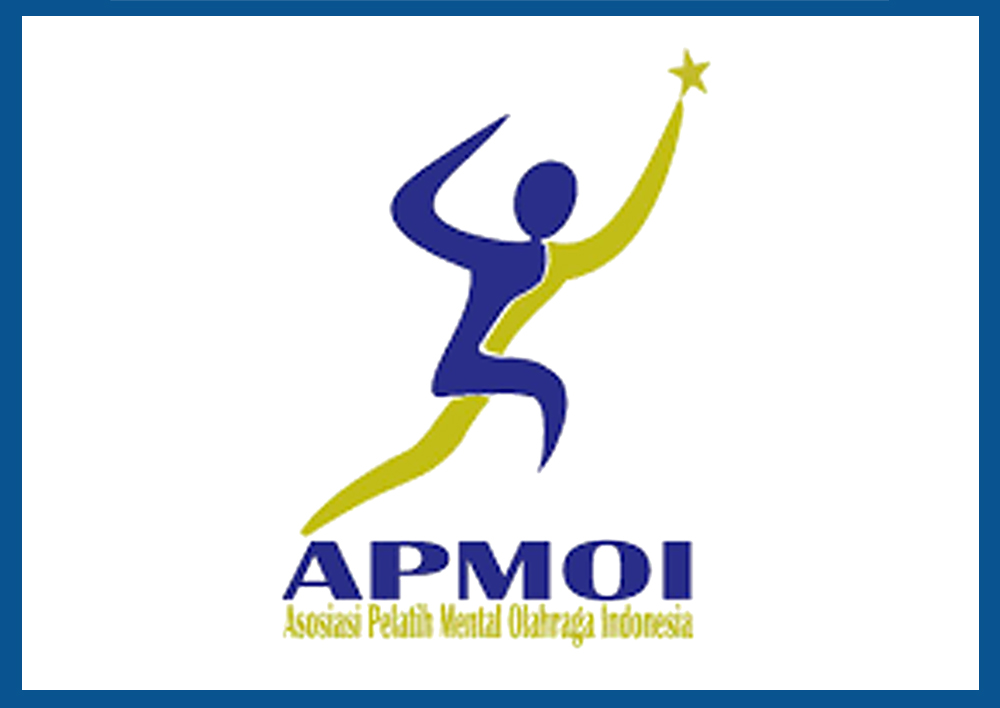Sports and immunity: Analyzing the relationship between physical activity and immune response in athletes
Abstract
Problem: Physical activity has a complex relationship with immune function in athletes, where moderate exercise is generally beneficial, but intense training may suppress immunity. This systematic literature review examines how different exercise intensities impact immune responses in athletes, aiming to identify optimal training parameters for immune health. Purpose: The aim of this systematic literature review is to analyze the effects of various exercise intensities on immune function in athletes to determine training parameters that support optimal immune health. Methods: This study utilized a systematic literature review approach, gathering and analyzing scientific articles on the effects of exercise on athlete immune function. Articles were sourced from Scopus using search terms such as "Exercise," "Physical Activity," "Sports," and "Immune Response," with a focus on studies published within the past five years that evaluate exercise interventions on immune enhancement in athletes. After collecting relevant articles, descriptive analysis was conducted to identify consistent patterns and findings. Results: Intense and prolonged exercise can lead to immunosuppression in athletes, increasing susceptibility to infections and chronic conditions. However, moderate exercise enhances immune function, promoting beneficial responses such as improved lymphocyte distribution and antibody production post-vaccination. Key immune markers like NLR, PLR, and SII offer valuable insights into athletes’ immune status and can assist in monitoring health and performance. Conclusion: Moderate exercise supports immune health, while intense exercise may suppress it. Athletes should balance training intensity and monitor immune markers to maintain optimal health and performance.
Downloads
References
Baek, K.-W., Jo, J.-O., Kang, Y.-J., Song, K. S., Yu, H. S., Park, J.-J., Choi, Y. H., Cha, H.-J., & Ock, M. S. (2020). Exercise training reduces the risk of opportunistic infections after acute exercise and improves cytokine antigen recognition. Pflügers Archiv-European Journal of Physiology, 472, 235–244.
Chastin, S., Abaraogu, U., Bourgois, J., Dall, P., Darnborough, J., Duncan, E., Dumortier, J., Jiménez Pavón, D., McParland, J., & Roberts, N. (2020). Physical activity, immune function and risk of community acquired infectious disease in the general population: systematic review and meta-analysis. Immune Function and Risk of Community Acquired Infectious Disease in the General Population: Systematic Review and Meta-Analysis.
Constantini, K., Markus, I., Kleinberger, K. G., & Gepner, Y. (2023). The Effect Of Exercise-induced Hypoxemia On Immune Responses Among Endurance-trained Athletes: 1983. Medicine & Science in Sports & Exercise, 55(9S), 663.
Fink, A., Bock, H., Colleran, J., Hinson, D., & Campos, M. (2024). Sex Differences in Exercise-Induced Modulation of the Humoral Immune Response to Influenza Vaccination. Physiology, 39(S1), 2557.
Foo, Y. Z., Nakagawa, S., Rhodes, G., & Simmons, L. W. (2017). The effects of sex hormones on immune function: a meta‐analysis. Biological Reviews, 92(1), 551–571.
Gleeson, M. (2007). Immune function in sport and exercise. Journal of Applied Physiology, 103(2), 693–699.
Igamberdievna, Y. Z., & Igamberdievna, R. M. (2023). The importance of physical exercises in maintaining and promoting health. Web of Medicine: Journal of Medicine, Practice and Nursing, 1(8), 25–37.
Langston, P. K., Sun, Y., Ryback, B. A., Mueller, A. L., Spiegelman, B. M., Benoist, C., & Mathis, D. (2023). Regulatory T cells shield muscle mitochondria from interferon-γ–mediated damage to promote the beneficial effects of exercise. Science Immunology, 8(89), eadi5377.
Lobo, L. F., Morais, M. G. de, Marcucci-Barbosa, L. S., Martins-Junior, F. de A. D., Avelar, L. M., Vieira, E. L. M., Aidar, F. J., Wanner, S. P., Silva, L. S., & Noman, M. C. (2022). A single bout of fatiguing aerobic exercise induces similar pronounced immunological responses in both sexes. Frontiers in Physiology, 13, 833580.
Malsagova, K. A., Astrelina, T. A., Balakin, E. I., Kobzeva, I. V, Adoeva, E. Y., Yurku, K. A., Suchkova, Y. B., Stepanov, A. A., Izotov, A. A., Butkova, T. V, Kaysheva, A. L., & Pustovoyt, V. I. (2023). Influence of Sports Training in Foothills on the Professional Athlete’s Immunity. Sports, 11(2). https://doi.org/10.3390/sports11020030
Morgado, J. P., Matias, C. N., Reis, J. F., Curto, D., Alves, F. B., & Monteiro, C. P. (2020). The cellular composition of the innate and adaptive immune system is changed in blood in response to long-term swimming training. Frontiers in Physiology, 11, 471.
Orysiak, J., Tripathi, J. K., Brodaczewska, K. K., Sharma, A., Witek, K., Sitkowski, D., & Malczewska-Lenczowska, J. (2021). The impact of physical training on neutrophil extracellular traps in young male athletes–a pilot study. Biology of Sport, 38(3), 459–464.
Panagoulias, I., Charokopos, N., Thomas, I., Spantidea, P. I., de Lastic, A.-L., Rodi, M., Anastasopoulou, S., Aggeletopoulou, I., Lazaris, C., & Karkoulias, K. (2023). Shifting gears: Study of immune system parameters of male habitual marathon runners. Frontiers in Immunology, 13, 1009065.
Papp, G., Szabó, K., Jámbor, I., Mile, M., Berki, A. R., Arany, A. C., Makra, G., Szodoray, P., Csiki, Z., & Balogh, L. (2021). Regular exercise may restore certain age-related alterations of adaptive immunity and rebalance immune regulation. Frontiers in Immunology, 12, 639308.
Sattler, S. (2017). The role of the immune system beyond the fight against infection. The Immunology of Cardiovascular Homeostasis and Pathology, 3–14.
Sellami, M., Al-Muraikhy, S., Al-Jaber, H., Al-Amri, H., Al-Mansoori, L., Mazloum, N. A., Donati, F., Botre, F., & Elrayess, M. A. (2021). Age and sport intensity-dependent changes in cytokines and telomere length in elite athletes. Antioxidants, 10(7), 1035.
Simpson, R. J., Boßlau, T. K., Weyh, C., Niemiro, G. M., Batatinha, H., Smith, K. A., & Krüger, K. (2021). Exercise and adrenergic regulation of immunity. Brain, Behavior, and Immunity, 97, 303–318.
Simpson, R. J., Campbell, J. P., Gleeson, M., Krüger, K., Nieman, D. C., Pyne, D. B., Turner, J. E., & Walsh, N. P. (2020). Can exercise affect immune function to increase susceptibility to infection? Exercise Immunology Review, 26, 8–22. https://www.scopus.com/inward/record.uri?eid=2-s2.0-85081528281&partnerID=40&md5=0c848241026e82571883ec2896964412
Via, J., Reid, J., & Oehlert, G. (2024). Pedalling toward a deeper understanding of exercise effects on immune function. The Journal of Physiology, 602(19), 4705–4707.
Walsh, N. P., & Oliver, S. J. (2016). Exercise, immune function and respiratory infection: An update on the influence of training and environmental stress. Immunology and Cell Biology, 94(2), 132–139.
Zacher, J., Wesemann, F., Joisten, N., Walzik, D., Bloch, W., & Predel, G. (2023). Cellular integrative immune markers in elite athletes. International Journal of Sports Medicine, 44(04), 298–308.
Copyright (c) 2024 Jurnal Patriot

This work is licensed under a Creative Commons Attribution-ShareAlike 4.0 International License.



_(700_x_400_mm)_(3)_.png)


_(700_x_400_mm)_1.png)



